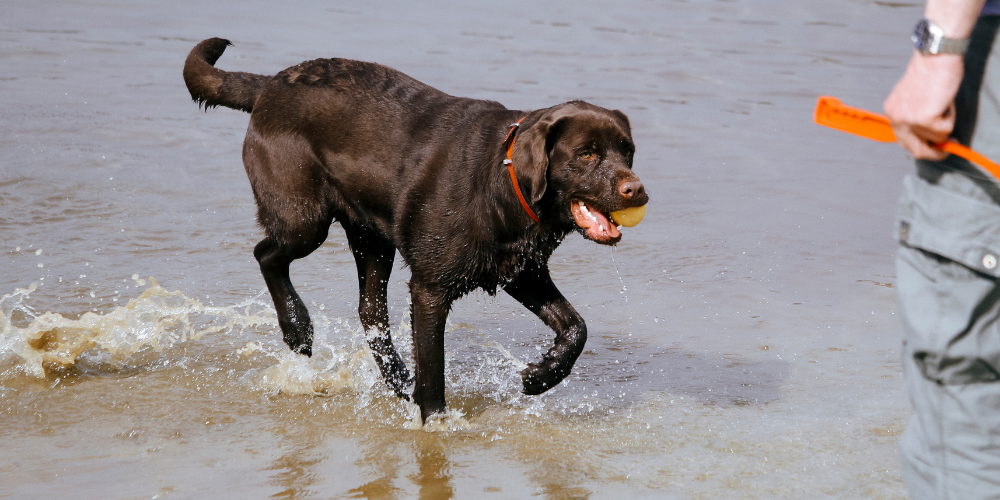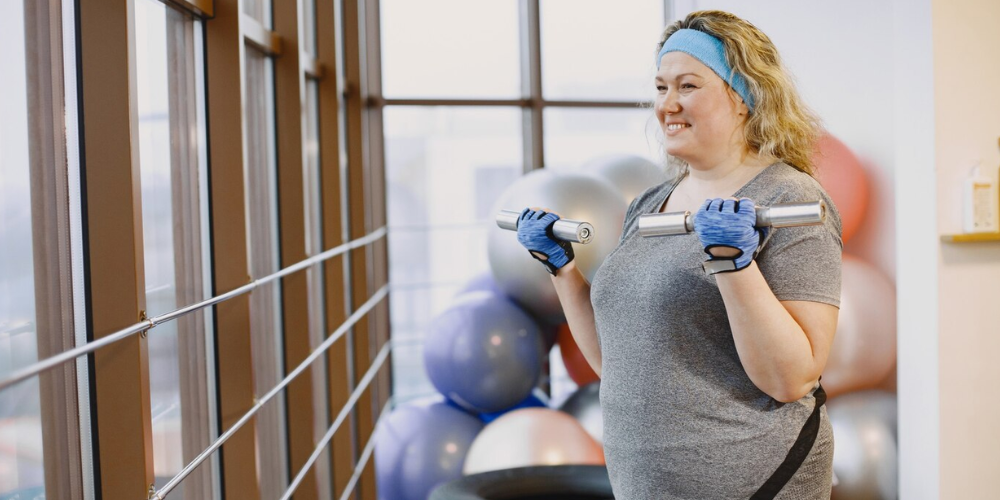There is no doubt that dishwashers are fantastic machines that save us from the monotonous task of hand-washing dishes. But have you ever pulled out dishes after a wash only to find them still dirty? Frustrating, right? Well, it turns out that the secret to sparkling clean dishes might just be in how you load your dishwasher.
Now, let’s dive into the five right ways to load your dishwasher for the best clean!
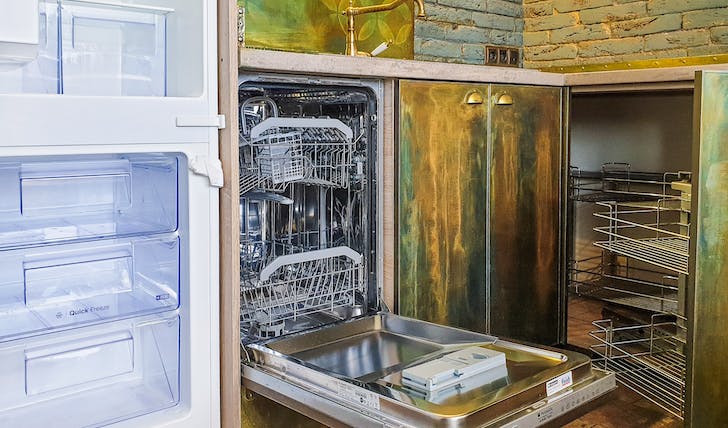
Aлексей / Pexels / Here are the right ways of loading your dishwasher so it cleans the dishes better.
Place Plates on the Bottom Rack
First things first, plates should always go on the bottom rack. Why? It is simple: They fit best here and this is where the most powerful water jets are. Arrange your plates in a way that they are slightly angled and facing the center. This positioning allows water and detergent to reach the entire surface area.
However, make sure they are not nesting too closely together. Overcrowding can prevent water from reaching all the dirty surfaces.
Bowls Go Up the Top Racks
Bowls belong on the top rack. This is because the top rack is typically designed for more delicate items and has gentler water jets. Place them facing downwards and angle them slightly so that water can reach the inside and drain out easily.
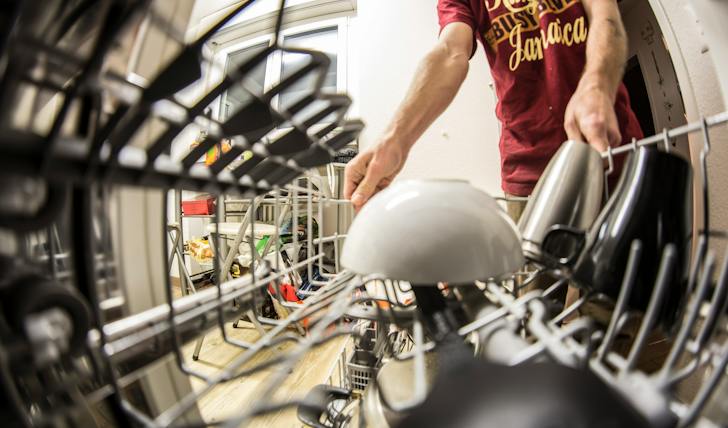
Wendelin / Pexels / Place bowls in the bottom rack facing downwards.
Be careful not to overcrowd the bowls, as this can lead to spots and residue remaining after the wash.
Place Cups Upside Down
When it comes to cups and mugs, the golden rule is to place them upside down on the top rack. This way, the insides get a thorough clean. There is no risk of them filling up with dirty water. Again, angle them slightly for the best results and spacing.
And remember, delicate stemware requires a bit more care. If your dishwasher has a stemware holder, use it!
Do Not Let Spatulas and Spoons Fall Down
Spatulas, spoons, and other utensils should not just be tossed in haphazardly. They can easily fall through the rack, blocking the spray arm or even damaging the dishwasher. Place them in the utensil basket, handle down (except for sharp knives – safety first!).
If you have a lot of flat items like spatulas, lay them flat on the top rack. This prevents them from blocking water and detergent from reaching other dishes.
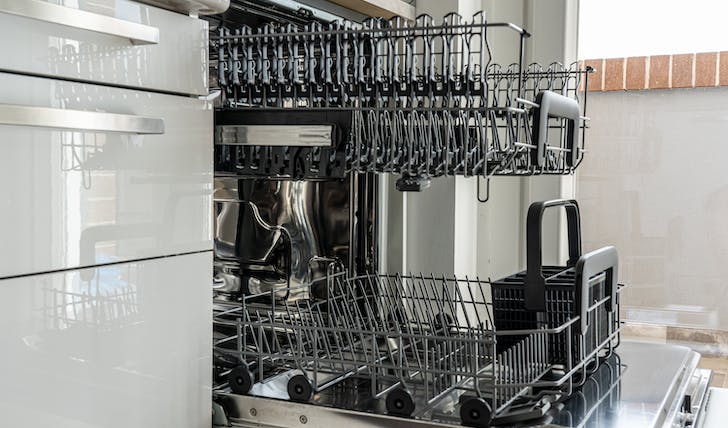
Cast / Pexels / Do not randomly toss your utensils. Place them in a way that they do not fall down.
Do Not Rinse the Dishes, Just Scrape
Here is a tip that might surprise you: Do not rinse your dishes before loading them. Modern dishwashers and detergents are designed to handle food residue. Just scrape off large food particles and let the dishwasher do its job.
Rinsing dishes can actually make your detergent less effective, as it needs some grease and grime to cling onto.
Summing Up
Loading your dishwasher might seem like a no-brainer, but these simple tweaks can make a world of difference. Remember, the key is to allow water and detergent to reach every surface of your dishes.
With these tips, you will be on your way to cleaner dishes in no time. So, the next time you are doing the dishes, make sure to follow these tips and expect optimal outcomes.





